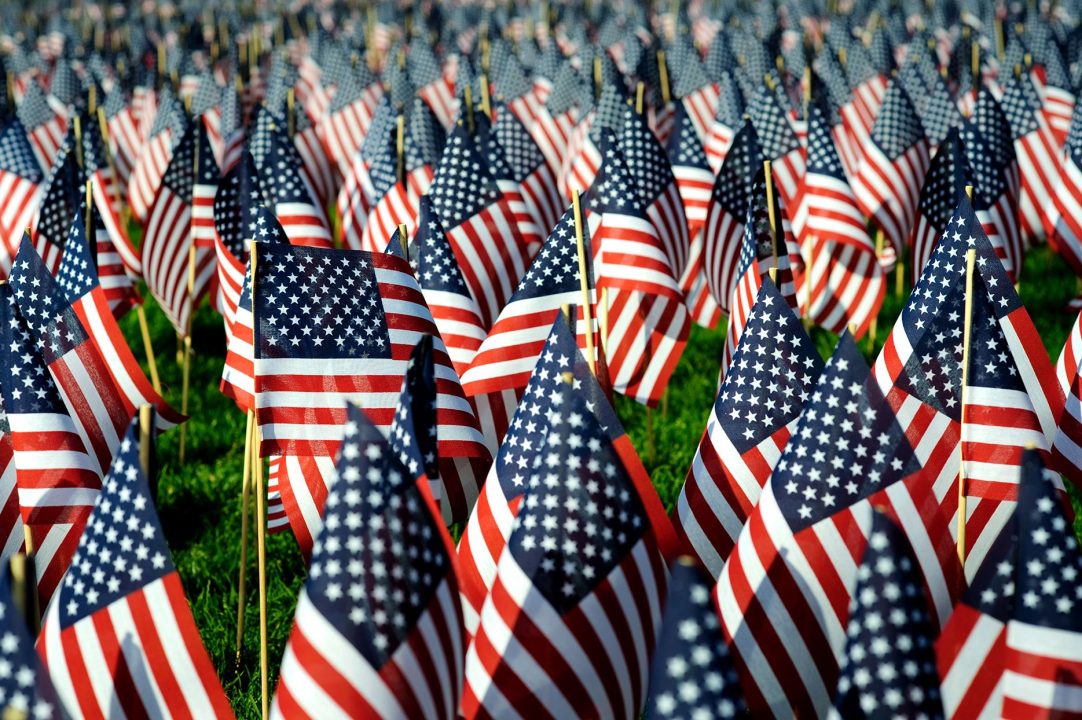- Massive Cruise Travel Surge: Memorial Day 2025 is witnessing a historic surge in U.S. cruise travel, with record bookings and passenger numbers expected, signaling a major revival for the industry.
- Shift in Traveler Preferences: More Americans are opting for cruises (and other alternative transport like trains and buses) over air travel, seeking reliability, value, unique experiences (like Alaska), and an escape from airport stress.
- Potential Tariff Impact: The proposed reimplementation of Trump-era tariffs poses a threat to the cruise industry by potentially increasing operational costs, which could affect pricing, though current demand remains strong.
- Industry Adaptation and Resilience: Cruise lines have adapted to post-pandemic traveler desires with enhanced protocols and flexible offerings, contributing to the current boom and showing resilience even with economic uncertainties.
The U.S. cruise industry is experiencing an unprecedented surge for Memorial Day weekend 2025, signaling a full-throttle revival and a potential turning point for American cruise tourism. Major lines like Carnival, Royal Caribbean, Norwegian, and Disney, along with luxury and niche operators, are reporting fever-pitch demand, with projections suggesting more than nineteen million passengers could sail this season. This “unstoppable wave of wanderlust” sees the cruise industry operating in sync with airlines and rail, all catering to Americans ready to travel.

This boom isn’t just a holiday rush; it reflects a broader shift in travel preferences. AAA projects over 2 million Americans will travel by train, bus, or cruise this weekend, an 8.5% increase from last year, with cruising leading this alternative travel segment and surpassing pre-pandemic levels. Travelers are seeking reliability, value, and immersive experiences, increasingly choosing the controlled environment and all-inclusive nature of cruises over the potential chaos of air travel. Demand for Alaska cruises, in particular, is “off the charts,” as passengers crave depth and connection in their journeys. Cruise lines have adapted with improved health protocols, flexible booking, and destination-rich itineraries.

However, this resurgence faces potential headwinds. A revived Trump-era tariff proposal looms, threatening to increase operating costs for cruise lines by making imported goods—from seafood to technology—more expensive. This could potentially lead to higher prices for consumers. Despite this, current demand appears resilient, with passengers prioritizing experiences and leveraging loyalty programs or bundled deals. Cruise ports in Florida, Texas, and California are becoming power hubs, expanding facilities to manage the increased traffic and boosting local economies.
